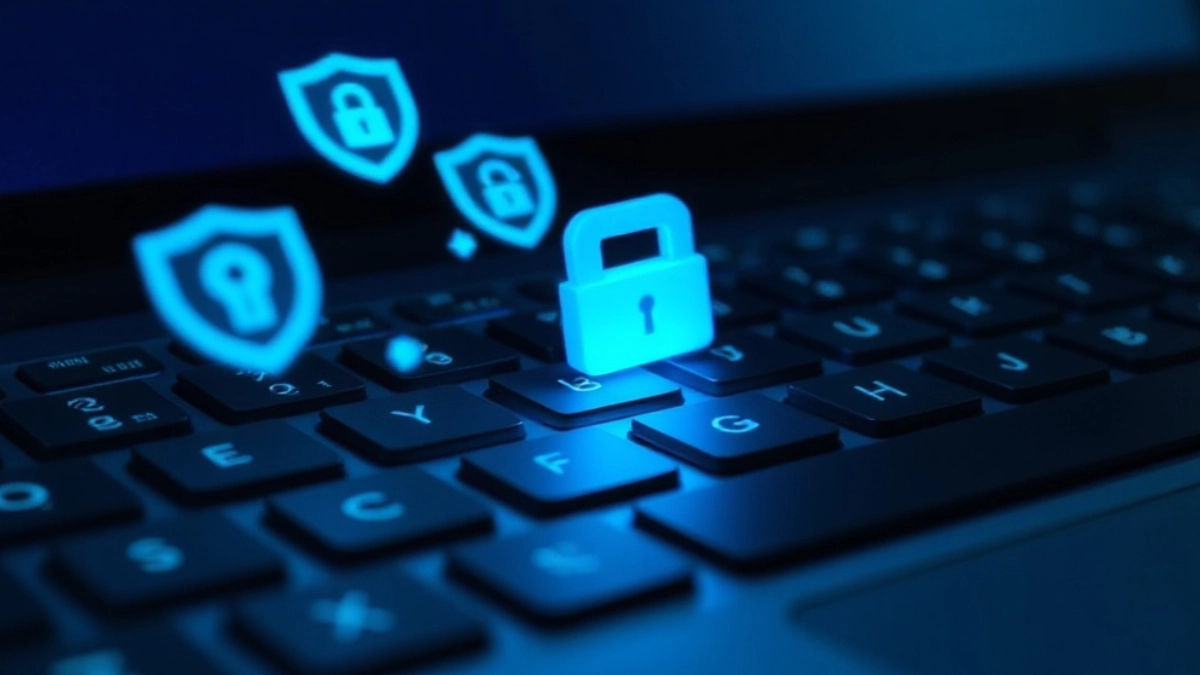You should follow NIST guidance by creating passwords at least eight characters long—ideally 15 or more—using memorable passphrases instead of complex, hard-to-remember strings. Avoid frequent mandatory password changes unless there’s evidence of a breach. Use password managers and check passwords against compromised lists. Most importantly, enable Multi-Factor Authentication (MFA) to block 99.9% of unauthorized access attempts. Implementing these strategies strengthens your security posture and reduces vulnerability. Further details outline practical steps for robust password protection.
Key Takeaways
- NIST recommends passwords be at least 8 characters long, ideally 15 or more, focusing on length over complexity.
- Frequent mandatory password changes are discouraged unless a security breach is suspected.
- Passwords should be checked against commonly used and compromised password lists before acceptance.
- Multi-Factor Authentication (MFA) is strongly encouraged to enhance account security beyond passwords.
- Use of password managers is advised to generate and securely store strong, unique passwords.
Importance of Password Security
Password security plays an essential role in protecting your digital assets from the most common attack vector: password cracking.
Attackers exploit compromised passwords to gain unauthorized access, risking identity theft, financial fraud, and exposure of sensitive information. Adhering to NIST guidelines guarantees robust password security, aligning your practices with recognized information security standards.
Effective password management minimizes vulnerabilities caused by human error in password creation and storage. By implementing strong, unique passwords and avoiding predictable patterns, you reduce the attack surface considerably.
Strong, unique passwords reduce vulnerabilities by minimizing human error and avoiding predictable patterns.
Robust password security acts as a critical first line of defense, preventing cybercriminals from escalating privileges within your systems. Prioritizing these effective password practices strengthens your overall security posture and helps safeguard your organization’s sensitive data from evolving threats.
Core Principles of NIST Password Guidelines
Protecting your digital assets requires more than just creating complex passwords; it demands adherence to well-defined standards that maximize security while maintaining usability.
NIST guidelines set a minimum password length of 8 characters, recommending longer passwords—at least 15 characters—to enhance resistance against cracking. They discard arbitrary complexity requirements, encouraging you to use memorable passphrases that include diverse characters rather than forcing frequent password changes, which can weaken security through predictable patterns.
Instead, you should have passwords regularly screened against commonly used passwords and known compromised lists to prevent easy breaches.
Finally, NIST emphasizes incorporating Multi-Factor Authentication to strengthen your overall defense, ensuring your secure password is only one layer in a robust, multi-layered authentication framework.
Best Practices for Password Management
While managing digital credentials can be challenging, adopting best practices greatly reduces security risks.
Follow NIST guidelines by using password managers to generate and securely store strong passwords, ensuring each is unique and resists credential stuffing attacks.
Maintain a minimum password length of 8 characters, preferably 15 or more, to increase resistance against cracking.
Implement user education programs emphasizing the importance of password complexity and avoiding commonly used passwords.
Regularly check new passwords against compromised password lists to prevent weak credentials.
Additionally, integrate Multi-Factor Authentication (MFA) to add an essential security layer beyond passwords alone.
Effective password management combines these strategies, minimizing vulnerabilities and enhancing overall authentication security in line with NIST standards.
Updated Recommendations on Password Changes
Although routine password changes were once standard practice, NIST now advises against mandatory periodic resets unless there’s evidence of a security breach.
These updated recommendations emphasize limiting password changes to confirmed compromises or a maximum interval of 365 days, reducing unnecessary password expiration. Frequent resets often prompt users to adopt predictable patterns, weakening password strength and increasing vulnerability.
Instead, NIST focuses on user behavior, encouraging you to create memorable, strong passwords while minimizing password fatigue. Organizations should support voluntary changes, allowing you to update passwords as needed without enforced schedules.
Enhancing Security With Multi-Factor Authentication
Since passwords alone no longer provide sufficient protection against evolving cyber threats, implementing Multi-Factor Authentication (MFA) greatly strengthens your account security by requiring two or more verification factors.
MFA considerably reduces the risk of unauthorized access—by up to 99.9%, according to Microsoft—compared to relying solely on passwords. Following NIST guidelines, you should adopt MFA as a best practice, especially for sensitive accounts handling personal or financial information.
MFA supports multiple authentication methods, including SMS or email codes, hardware tokens, and biometric scans, offering flexible security options.
Integrating MFA into your authentication processes not only enhances security but also guarantees compliance with NIST standards. By doing so, you effectively mitigate sophisticated cyber threats and fortify your defenses beyond single-factor authentication.
Frequently Asked Questions
What Are the New NIST Guidelines for Passwords?
You should create passwords with a minimum of 8 characters, ideally 15, and you can use up to 64 characters.
Don’t worry about mixing uppercase letters, numbers, or symbols anymore; complexity requirements are dropped to make passwords easier. You only need to change your password if there’s a security breach.
Using a password manager is recommended since it generates and stores strong passwords securely. Avoid relying on security questions or hints.
What Is the NIST Guidance on Password History?
Imagine you’re a gardener who keeps planting the same seeds over and over, hoping for better flowers.
Password history checks are like that—they force you to recycle old passwords, which can weaken security.
Instead, you should focus on planting strong, unique passwords each time.
What Are the Password Requirements for NIST 2025?
You should create passwords at least eight characters long, but aiming for 15 or more boosts security.
Use any printable ASCII characters, including spaces, and even Unicode to strengthen your password.
Don’t worry about complex character requirements; focus on length and memorability.
Avoid changing passwords regularly unless a breach occurs.
Always check new passwords against lists of common or compromised ones to prevent easy guessing or credential stuffing attacks.
What Is the NIST 800 171 Password Policy?
You must create passwords at least eight characters long, preferably longer passphrases, to enhance security.
Avoid forced periodic changes unless you suspect a compromise.
Store passwords securely using hashing and salting techniques to prevent unauthorized access.
Implement Multi-Factor Authentication (MFA) to strengthen access control and reduce credential theft risks.
These steps help you protect sensitive Controlled Unclassified Information in your systems effectively.
Secure Your Digital World with NIST Password Best Practices
You should prioritize NIST’s password guidelines to strengthen your security posture. Did you know that 81% of data breaches involve compromised credentials? Following core principles, like using long, memorable passwords and avoiding periodic changes unless necessary, reduces risk considerably. Combining these with multi-factor authentication creates robust defenses against unauthorized access. By adopting these updated best practices, you’ll enhance your system’s resilience and protect sensitive information more effectively in today’s evolving threat landscape.



